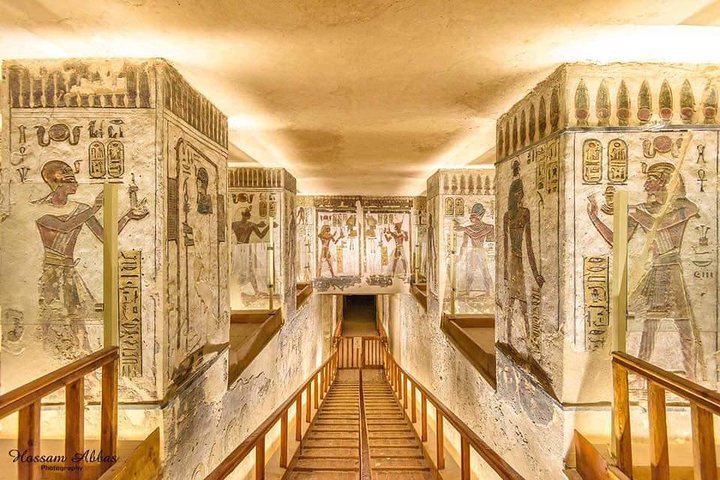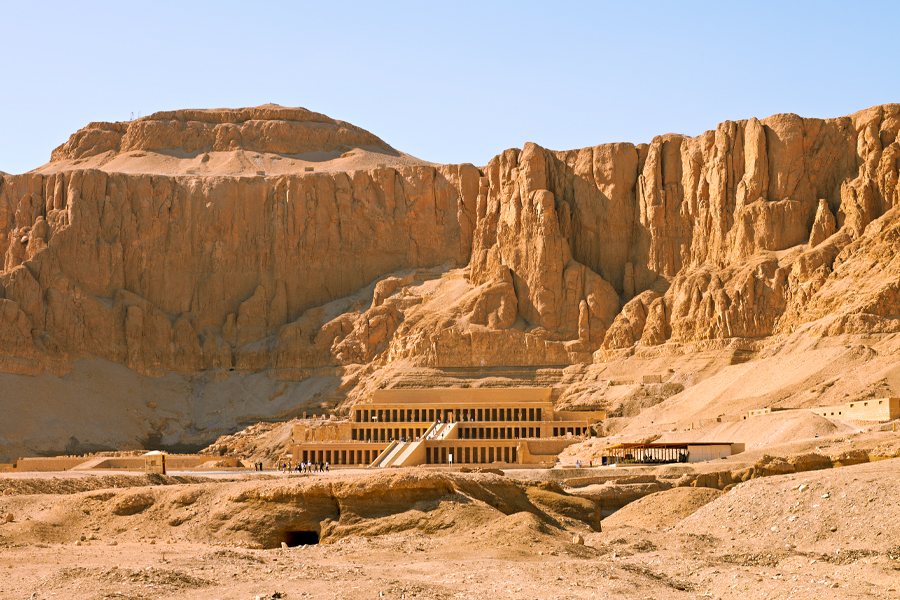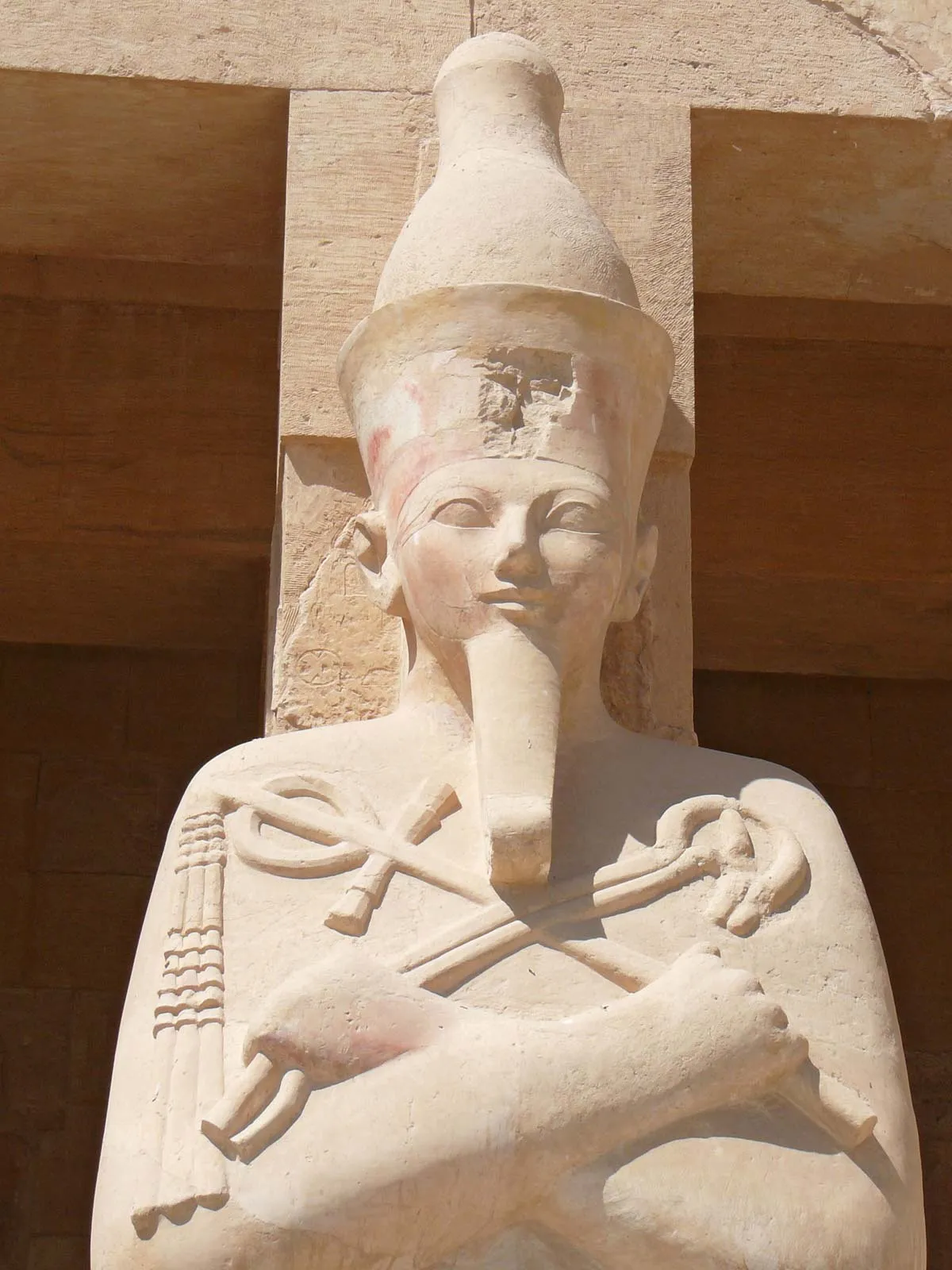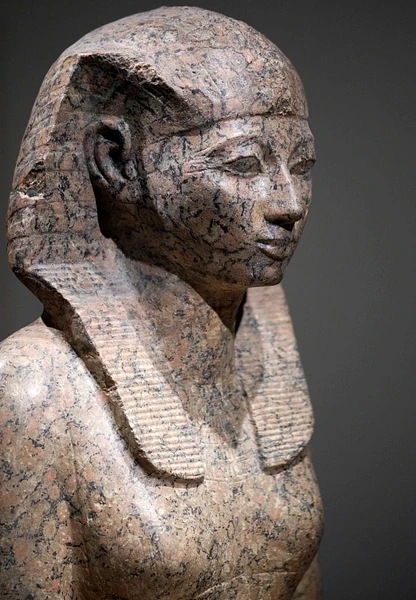In the annals of ancient Egypt, one name stands out for breaking conventions and achieving greatness: Hatshepsut. She became one of Egypt’s most extraordinary pharaohs. She was ruling with wisdom and vision during a golden era of prosperity, ascending the throne in a male-dominated world. Known for her magnificent buildings and prosperous trading systems, Hatshepsut’s reign represented incredible leadership skills as well as ambition. Even though they tried to wipe out her story, she became a mighty symbol of femininity and royalty.
Early Life and Rise to Power
Around 1507 BCE, Hatshepsut was born as the daughter of Pharaoh Thutmose I and Queen Ahmose. She got married to her half brother Thutmose II with whom she had a girl child by name Neferure. After the demise of Thutmose II, Hatshesput become regent for Thuthmose III who was still a child.
In an unprecedented move, Hatshepsut declared herself Pharaoh in her own right; taking on all trappings and rights of a man. This was something that was hardly ever heard about since there were so few female rulers in Ancient Egypt.

Hatshepsut Reign and Achievements
Hatshepsut’s reign is known for its stability and prosperity. A time of remarkable achievements and extensive building projects.so let’s get to know them!
1. Architectural and Artistic Legacy: The ambitious construction projects of Hatshepsut, possibly most notably the tremendous Temple at Deir el-Bahari (Luxor), earned her fame. This mortuary temple, having been dedicated to gods Amun-Ra and Hathor is one among Egypts architectural wonders. A case in point is the temple’s design which employed colonnades as well as terraces extensively hence making it quite different from what others did.

2. Trade and Diplomacy: Hatshepsut enjoyed a period of thriving trade and diplomacy during her reign in ancient Egypt. To this end, she created wide-ranging trade networks with adjacent areas. It included Punt (thought to have been situated within Africa’s Horn zone). Therefore, these voyages brought both more in terms of materials and new experiences into Egypt. They were instrumental in contributing to its success further than ever before.
3. A Peaceful Rule: For instance, unlike most of her forebears or successors, there were not many wars reported during Hatshepsut’s time as Pharaoh. Which made the focus shift toward internal matters including economic growth contributing greatly towards her lasting power base.
4. Artistic and Cultural Flourishing: There was a revival of arts and culture during the time Hatshepsut reigned. Her reign is marked by elaborate statues, reliefs and inscriptions that show her as a powerful rightful ruler often dressed in an attire typically associated with men to consolidate her authority.
Gender and Representation
Hatshepsut’s approach towards the Pharaoh role was impressive. She took on many of the symbols and titles that were usually for male pharaohs such as false beard and male kilt. Her statues and reliefs usually showed her in a masculine physique and attire which show her desire to be seen as a legitimate powerful ruler despite being a woman.

As you noticed that Hatshepsut’s reign created an interesting part of ancient Egypt’s history. She was a successful ruler characterized by remarkable accomplishments in many areas and majors with a rare position of being a female pharaoh makes this woman in Egyptian History outstanding and one whose impact can still be felt today. Although it had been neglected in the past and even others tried to erase it, her legacy is now revered as one of the greatest artifacts of Egypt’s historical and cultural preservation.
Join us with Ra Private Luxor East and West Bank Tour to explore more about Hatshepsut’s and Luxor.



0 Comment